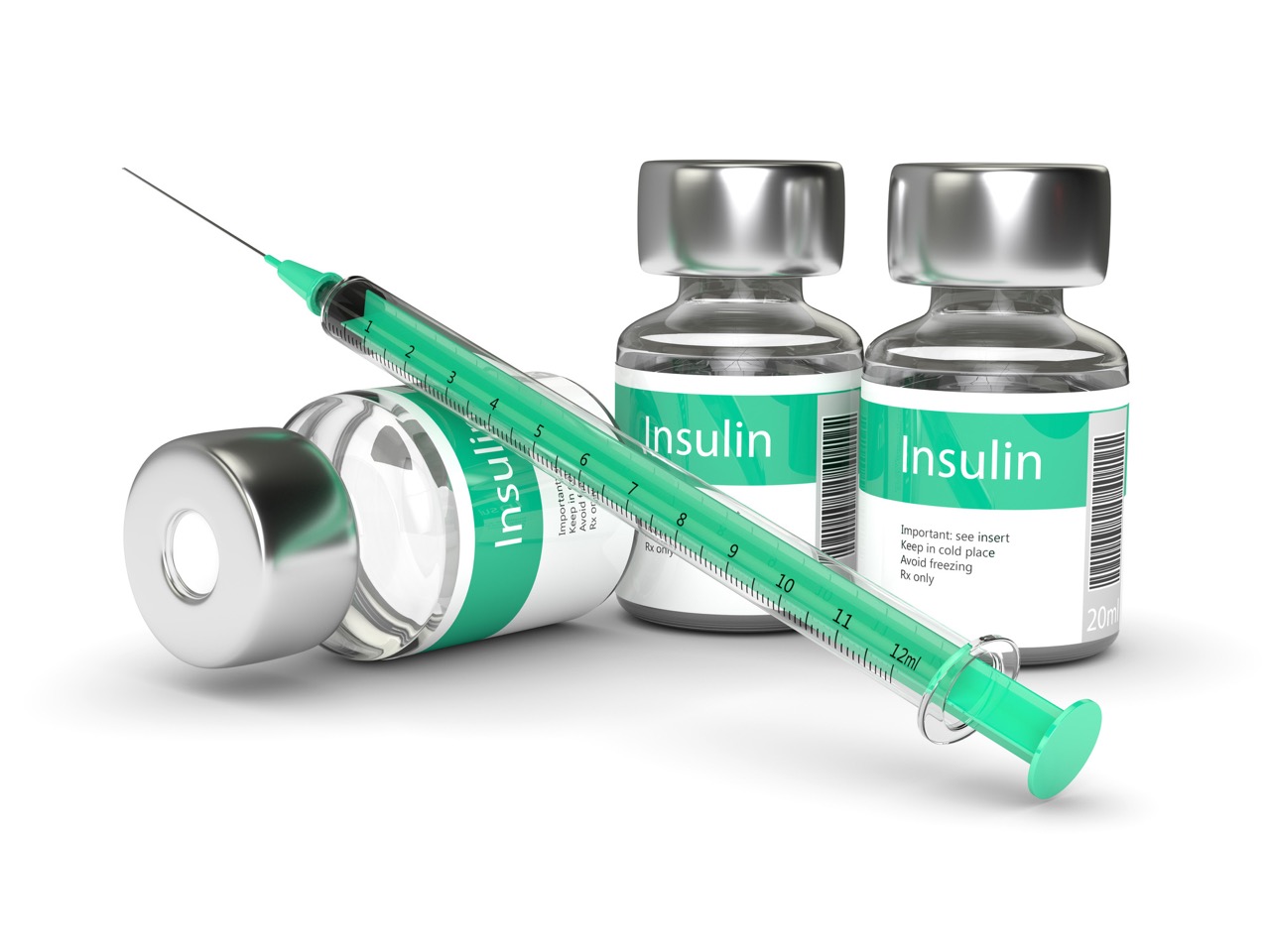

Articles
How To Store Insulin While Travelling
Modified: January 21, 2024
Learn how to store insulin properly while travelling in this informative article. Ensure your medication remains safe and effective throughout your trip.
(Many of the links in this article redirect to a specific reviewed product. Your purchase of these products through affiliate links helps to generate commission for Storables.com, at no extra cost. Learn more)
Introduction
Travelling is an exciting and fulfilling experience that allows you to explore new destinations and create lasting memories. However, if you are someone who relies on insulin to manage your diabetes, it’s crucial to pay special attention to proper insulin storage while on the go.
Insulin is a vital medication for individuals with diabetes, and maintaining its effectiveness is essential for managing blood sugar levels. When exposed to extreme temperatures, insulin can lose its potency, making it less effective in controlling blood glucose levels. This can have severe health consequences, such as hyperglycemia or hypoglycemia, which can lead to diabetes-related complications.
In this article, we will discuss the importance of proper insulin storage while travelling and provide valuable tips on how to store insulin effectively during your journeys. Understanding these guidelines will ensure that you can maintain the quality and effectiveness of your insulin, allowing you to enjoy your travels stress-free.
So, if you are planning a trip and rely on insulin, read on to learn how to store your insulin properly while travelling.
Key Takeaways:
- Proper insulin storage is crucial while traveling to maintain its potency and ensure stable blood sugar control, preventing complications like hyperglycemia or hypoglycemia.
- Utilizing cooling packs and insulated travel cases, and understanding airline regulations are essential for effectively storing insulin while traveling, ensuring a worry-free journey.
Read more: How To Store Luggage While Traveling
Importance of Proper Insulin Storage While Travelling
When it comes to managing diabetes, proper insulin storage is crucial to ensure the medication’s effectiveness. This is especially important while travelling, as changes in temperature, exposure to sunlight, and variations in climate can all impact the quality and potency of insulin.
Insulin is a delicate hormone that can be easily affected by extreme temperatures. If exposed to high temperatures, insulin can become less effective or even completely inactive, making it ineffective in regulating blood sugar levels. On the other hand, if exposed to freezing temperatures, insulin can freeze, leading to irreversible damage and rendering it useless.
Maintaining the potency of insulin is of utmost importance as ineffective insulin can result in poor blood sugar control, leading to complications such as hyperglycemia or hypoglycemia. These conditions can have serious health implications, including diabetic ketoacidosis or unconsciousness. Therefore, it is vital to store insulin properly to ensure its effectiveness and maintain stable blood sugar levels while travelling.
Additionally, it is crucial to note that the quality of insulin can vary depending on the brand and type you use. Different insulin formulations require specific storage conditions, and failure to adhere to these guidelines can compromise its efficacy. Consult your healthcare provider or refer to the manufacturer’s instructions to determine the specific storage requirements for your insulin type and brand.
Moreover, travelling can expose your insulin to various environmental factors that can impact its quality. For instance, if you are travelling to a warm climate or spending time outdoors in hot weather, the temperature inside your bags, backpacks, or hotel rooms can rise significantly. Keeping insulin exposed to high temperatures for an extended period can result in its degradation and reduced efficacy.
Additionally, if you are heading to a colder climate or engaging in winter sports activities, it is essential to take precautions to protect your insulin from freezing temperatures. Freezing can alter the chemical structure of the insulin and render it useless.
To ensure the safety and effectiveness of your insulin while travelling, it is essential to follow proper storage guidelines and take necessary precautions. In the following sections, we will discuss different storage methods to help you maintain the quality and potency of your insulin during your trips.
Storing Insulin at Room Temperature
When travelling, it may not always be possible to have access to refrigeration for storing your insulin. In such cases, it’s important to know how to keep your insulin at room temperature without compromising its potency.
Most insulin can be stored at room temperature (between 59°F and 86°F or 15°C and 30°C) for a certain period, usually between 28 to 30 days, depending on the brand and type. It is important to check the specific storage guidelines provided by the manufacturer for your specific insulin product.
Here are some tips for storing insulin at room temperature while travelling:
1. Insulated travel case: Invest in an insulated travel case specifically designed to maintain the temperature of your insulin. These cases are designed to provide insulation and protect your insulin from extreme temperatures outside. They often come with gel packs or cooling pouches that help regulate the temperature inside the case.
2. Keep it away from direct sunlight: UV rays from direct sunlight can create hotspots and cause insulin to degrade quickly. Avoid storing your insulin in areas exposed to direct sunlight, such as windowsills or car dashboards.
3. Use a cool, dark place: Find a cool, dark place in your accommodation to store your insulin. This can be a closet or a drawer away from direct sunlight and heat sources like heaters or vents.
4. Avoid extreme cold or heat: Keep your insulin away from extreme temperatures, both hot and cold. Do not store it near items that emit heat, such as laptops or electronic devices. Additionally, do not leave your insulin in a car during hot or cold weather as the temperature inside a parked car can fluctuate significantly.
5. Rotate your insulin supply: If you are carrying multiple vials or pens of insulin, ensure that you rotate your supply. Use the oldest vial or pen first to prevent them from expiring while you are on your trip.
Remember to check your insulin before using it. If you notice any changes in its color, consistency, or if it’s past the expiration date, discard it and use a new vial or pen.
It’s important to note that these guidelines apply to insulin that hasn’t been opened yet. Once you have opened a vial or a pen, the storage requirements may differ, and it may become necessary to refrigerate it even when traveling.
By following these tips, you can ensure that your insulin remains effective and of high quality while you enjoy your travels confidently. However, always consult your healthcare provider or diabetes educator before making any changes to your insulin storage routine to ensure you are following the most appropriate guidelines for your specific situation.
When traveling with insulin, store it in a cool place, away from direct sunlight and extreme temperatures. Consider using a travel cooler with ice packs to keep it at the right temperature. Always have a backup plan in case of unexpected delays.
Using a Cooling Pack for Insulin Storage
When travelling to warmer climates or during the summer months, it can be challenging to store insulin at room temperature without it being exposed to high temperatures. In such cases, using a cooling pack can be a reliable solution to maintain the proper temperature for insulin storage. Here’s how you can effectively use a cooling pack for insulin storage during your travels:
1. Choose a suitable cooling pack: Look for a cooling pack specifically designed for medical purposes, such as insulin storage. These packs are usually made of materials that can maintain a consistent cool temperature for an extended period. They come in various shapes and sizes, so choose one that fits your insulin storage needs.
2. Precool the cooling pack: Before your trip, make sure to precool the cooling pack by keeping it in the refrigerator for a few hours or as directed by the manufacturer. This will help ensure that it starts off at the desired temperature when you pack it with your insulin for your journey.
3. Wrap the cooling pack with a towel or cloth: Once the cooling pack is pre-cooled, wrap it with a thin towel or cloth before placing it in your insulin storage container. This acts as a barrier between the cooling pack and your insulin, preventing direct contact and potential freezing of the medication.
4. Arrange insulin and cooling pack properly: Place your insulin vials or pens inside a small, insulated bag or container alongside the pre-cooled cooling pack. Make sure the insulin is not in direct contact with the cooling pack, and leave enough space for air circulation around the medication.
5. Insulate the container: To enhance the effectiveness of the cooling pack, consider using an insulated container, such as a thermal bag, to further protect your insulin from external temperature fluctuations. This will help maintain a more stable and cooler environment for your medication.
6. Keep an eye on the cooling pack: Regularly check the cooling pack during your travels to ensure it remains cold. If the cooling pack becomes warm or loses its coolness, try to find a way to refrigerate or cool it again, either at your accommodation or by using alternative cooling methods such as ice packs or a mini-fridge, if available.
7. Follow airline regulations: If you are travelling by air, it’s important to be aware of airline regulations regarding the transportation and storage of medical supplies, including insulin. Familiarize yourself with any specific rules or restrictions and ensure your cooling pack meets the necessary criteria for air travel.
Using a cooling pack for insulin storage can be an effective strategy to maintain the recommended temperature range, especially in warmer climates or during extended travel periods. However, it’s essential to follow the manufacturer’s instructions for the specific cooling pack you are using and consult your healthcare provider for any additional recommendations tailored to your individual needs.
Remember to always have a backup plan in case of unexpected situations, such as the cooling pack losing its effectiveness or not being able to access refrigeration. Carry extra insulin supplies and be prepared for any unforeseen circumstances that may arise during your travels. With proper planning and preparation, you can ensure your insulin remains safe and effective, allowing you to enjoy your journey with peace of mind.
Tips for Travelling with Insulin
Travelling with insulin requires careful planning and preparation to ensure that you have an uninterrupted supply and maintain its quality throughout your journey. Here are some valuable tips to consider when travelling with insulin:
1. Carry enough insulin: Calculate the amount of insulin you will need for the duration of your trip, taking into account any unexpected delays or changes in your travel plans. It’s always better to carry extra insulin in case of emergencies or unforeseen circumstances.
2. Pack a travel kit: Create a travel kit specifically for your insulin supplies. This kit should include insulin vials, pens, syringes, and any other necessary supplies like alcohol swabs, glucose testing equipment, and spare batteries for glucose meters if applicable. Keep your kit separate and easily accessible in your carry-on bag or personal item.
3. Separate your supplies: As a precaution, separate your insulin supplies into two or more containers. This way, if one of your bags gets lost or misplaced, you will still have a backup supply available. It’s also a good idea to divide your insulin between the containers to minimize the risk of losing all your insulin at once.
4. Use a travel cooler or insulated bag: Invest in a portable travel cooler or an insulated bag designed for insulin storage. These bags are lightweight, compact, and provide excellent temperature regulation. Ensure that the bag has insulation and is suitable for your specific travel needs.
5. Carry a prescription or doctor’s note: It’s advisable to carry a prescription or a letter from your healthcare provider that states your need for insulin and other diabetes supplies. This documentation can be helpful if you encounter any issues during security checks or customs inspections.
6. Understand airline regulations: Familiarize yourself with the rules and regulations of the airlines you will be flying with regarding the transportation of medical supplies, including insulin. Some airlines may require advance notification or additional documentation, so it’s important to be aware of their specific requirements.
7. Keep insulin within reach: When flying, always keep your insulin and reusable supplies in your carry-on bag. This way, you have easy access to them throughout the flight and can promptly address any blood sugar fluctuations or emergencies that may arise during the journey.
8. Store insulin in a cool place: While travelling, make an effort to store your insulin in the coolest place available to you. This may involve keeping it in a hotel room refrigerator or using a cooling pack as mentioned earlier. Avoid placing insulin directly on or near ice, as this can cause freezing and damage the medication.
9. Be mindful of temperature changes: Keep an eye on the temperature fluctuations during your travels. Extreme heat or cold can compromise the quality and effectiveness of insulin. If you anticipate exposure to extreme temperatures, take necessary precautions to protect your insulin, such as using cooling packs or insulated bags.
10. Research local resources: If you are travelling to a different country, research local pharmacies or medical facilities in advance. Familiarize yourself with their services and availability of insulin supplies, just in case you need to purchase additional insulin while abroad.
Remember, your health and safety are the top priorities. If you have any concerns or questions about travelling with insulin, it’s best to consult your healthcare provider or diabetes educator for personalized advice and recommendations based on your unique needs and circumstances.
By following these tips, you can ensure a smooth and stress-free travel experience while effectively managing your insulin requirements. Plan ahead, stay organized, and take the necessary precautions to keep your insulin safe and properly stored throughout your journey.
Read more: How To Store Breast Milk While Traveling
Conclusion
Travelling should never be a barrier for individuals who rely on insulin to manage their diabetes. By understanding the importance of proper insulin storage and implementing practical tips, you can ensure that your insulin remains effective and of high quality throughout your journey.
Proper insulin storage is crucial to maintain its potency and ensure stable blood sugar control. Whether you store insulin at room temperature, use a cooling pack, or follow other recommended strategies, it’s essential to prioritize the storage needs of your medication while travelling.
Remember to consult your healthcare provider or diabetes educator for personalized advice and recommendations based on your specific insulin type, brand, and travel plans. They can provide you with tailored guidance to ensure optimal insulin storage and help address any concerns or questions you may have.
Maintaining a travel kit that includes all the necessary supplies, carrying extra insulin, and following airline regulations will help you be prepared for any situation. Storing insulin in a cool place, being mindful of temperature changes, and researching local resources in advance will further contribute to a worry-free journey.
Travelling with insulin may require additional planning and consideration, but it should never deter you from exploring new destinations and creating lifelong memories. With proper preparation, organization, and adherence to storage guidelines, you can confidently travel while effectively managing your diabetes and maintaining the quality and effectiveness of your insulin.
So, pack your bags, embark on your adventures, and enjoy the freedom of travel while keeping your insulin safe and your diabetes management on track!
Frequently Asked Questions about How To Store Insulin While Travelling
Was this page helpful?
At Storables.com, we guarantee accurate and reliable information. Our content, validated by Expert Board Contributors, is crafted following stringent Editorial Policies. We're committed to providing you with well-researched, expert-backed insights for all your informational needs.

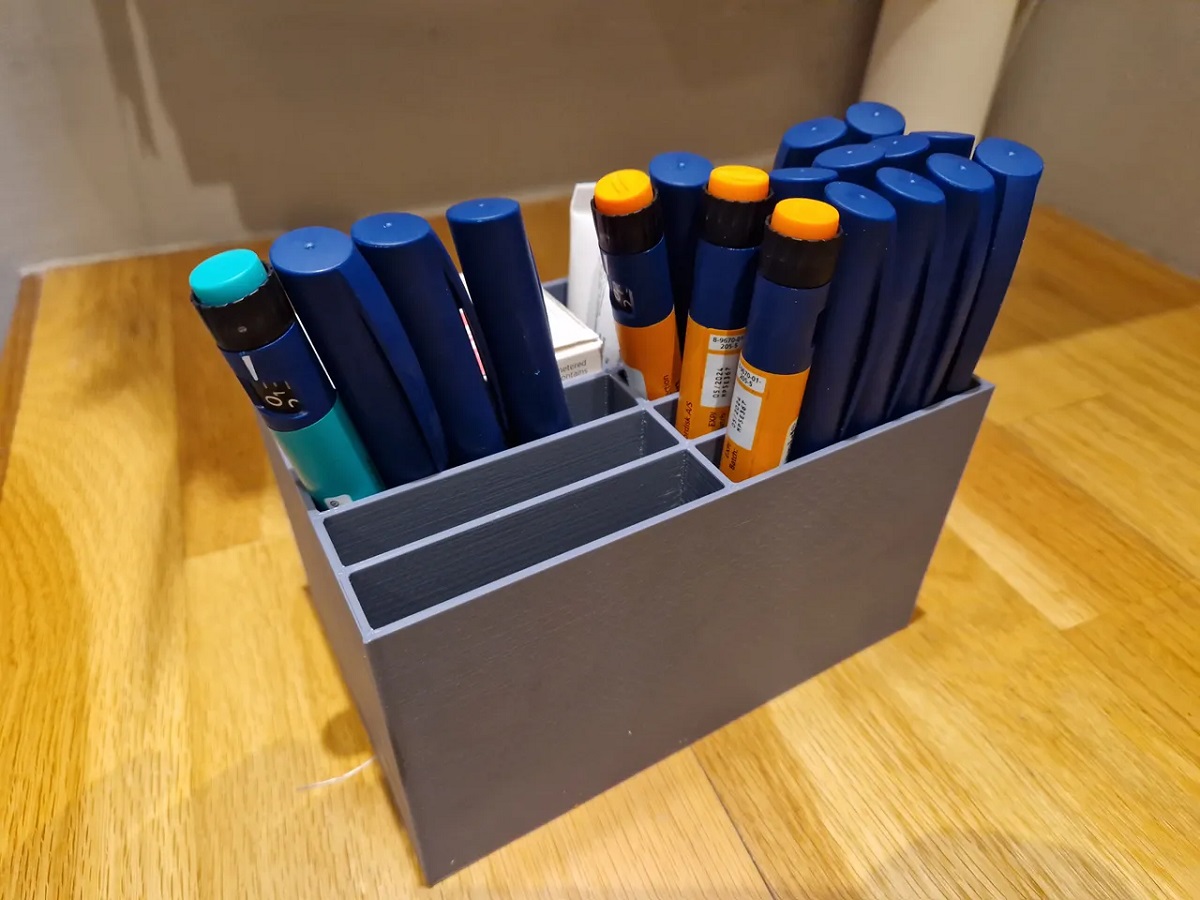
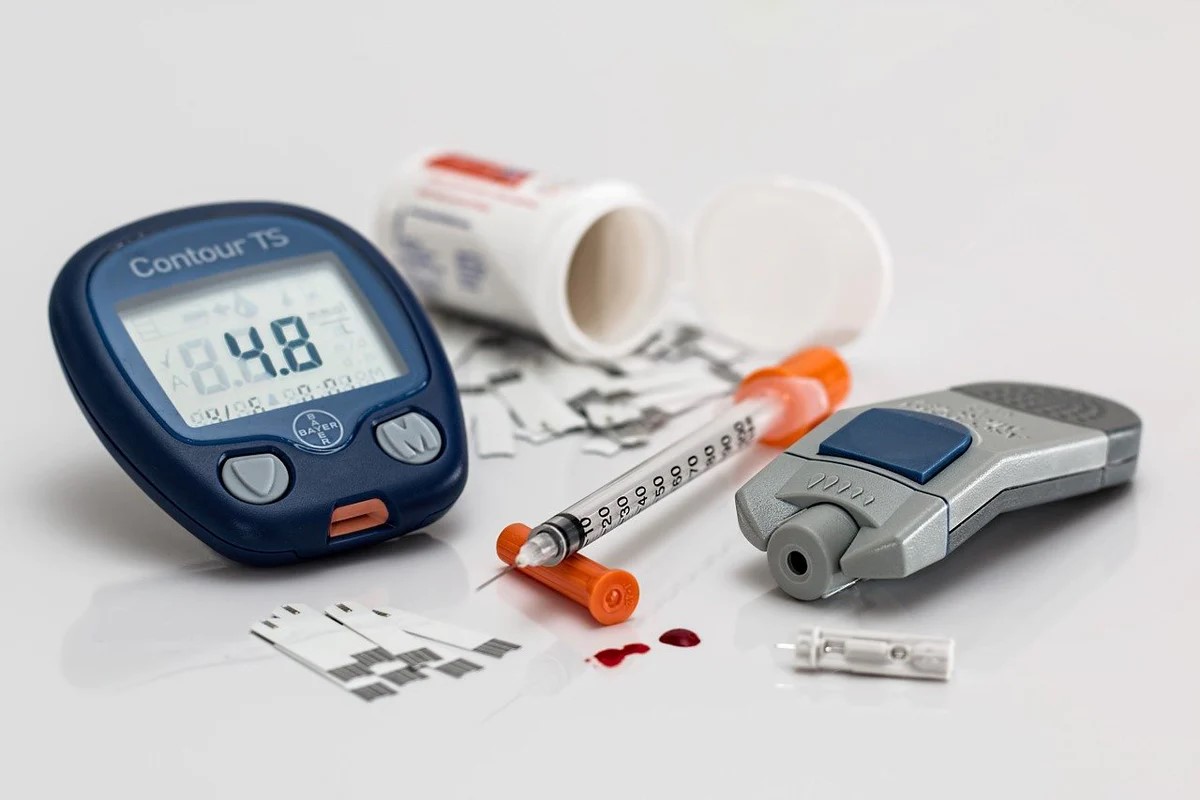
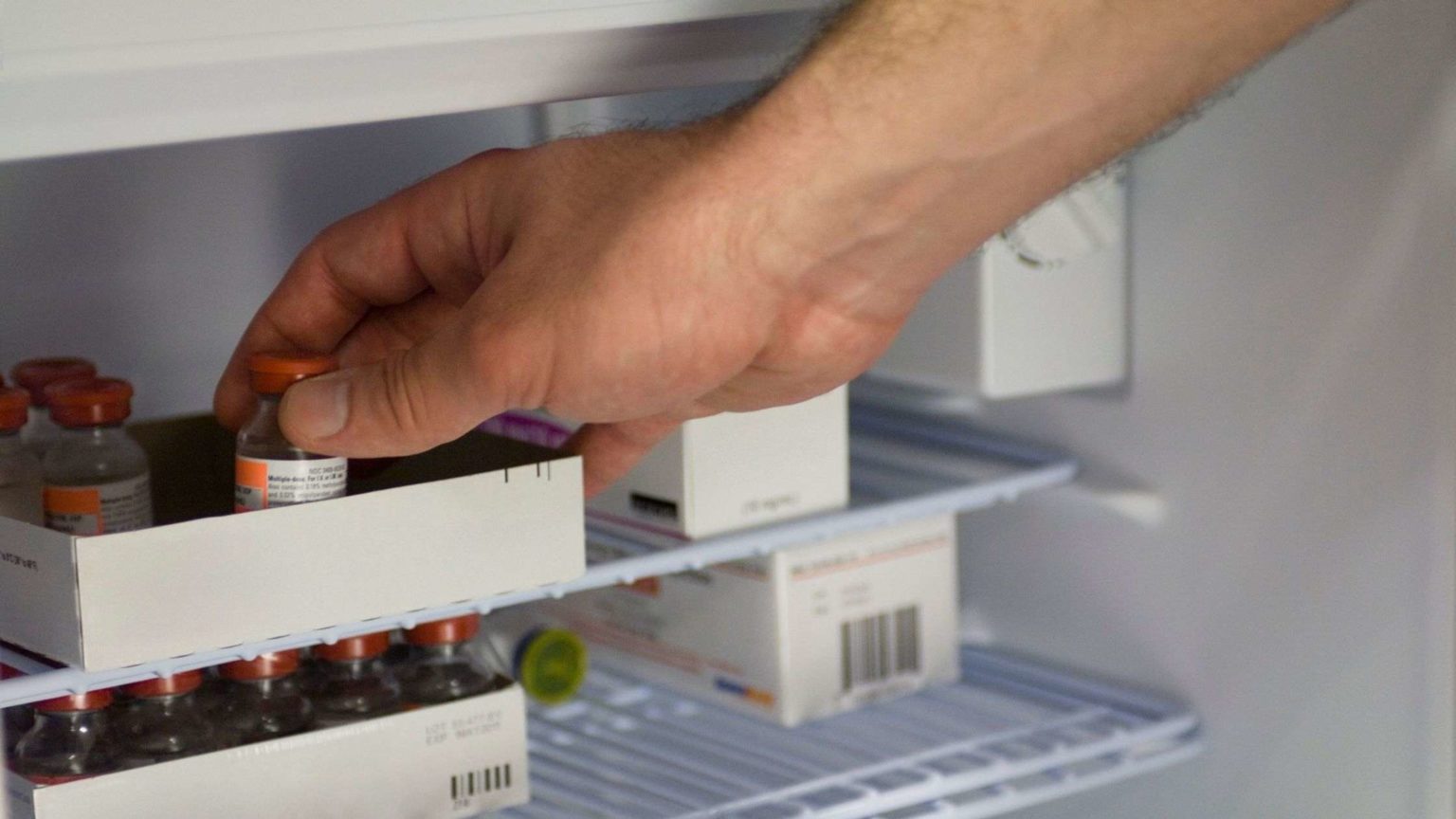


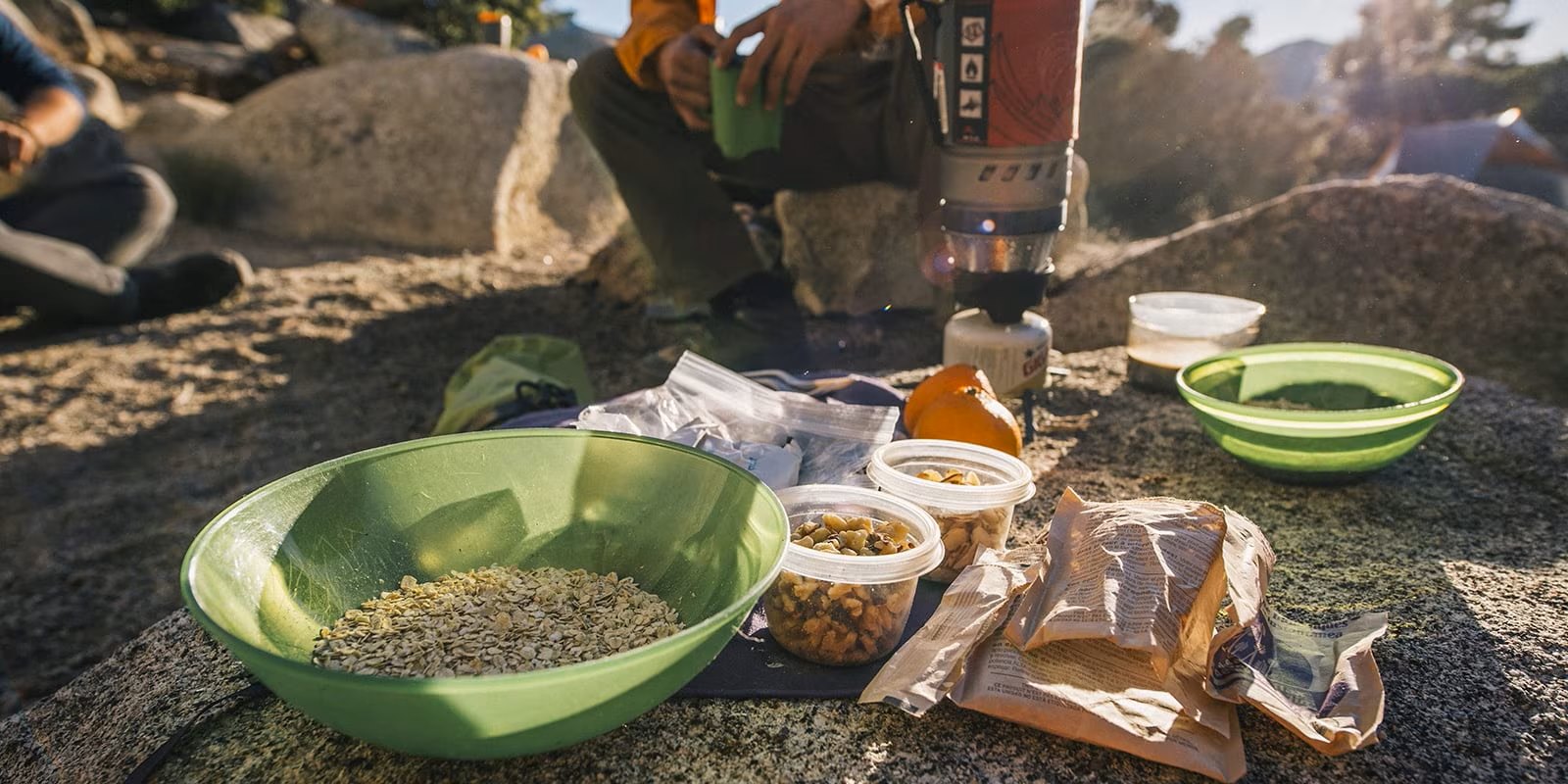

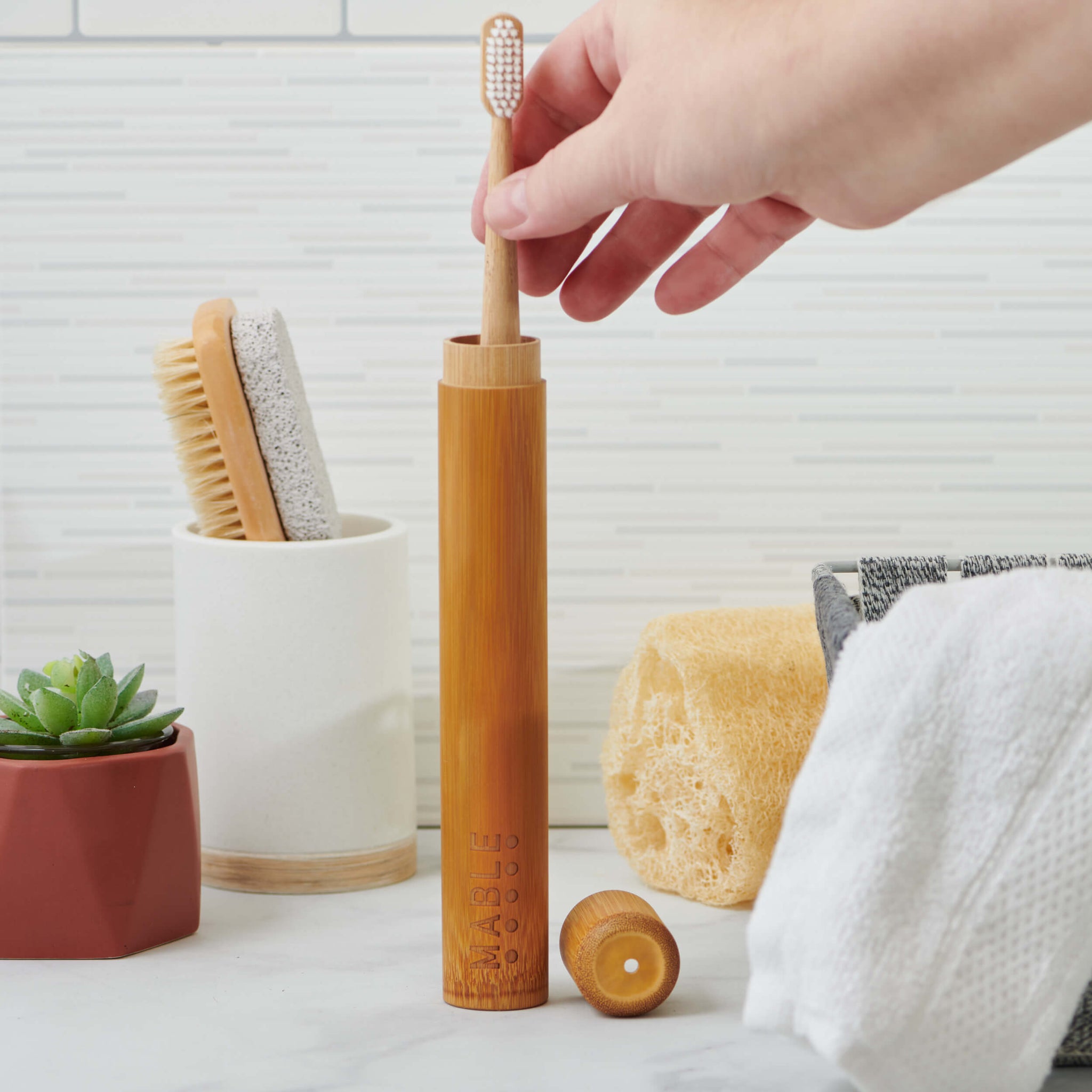
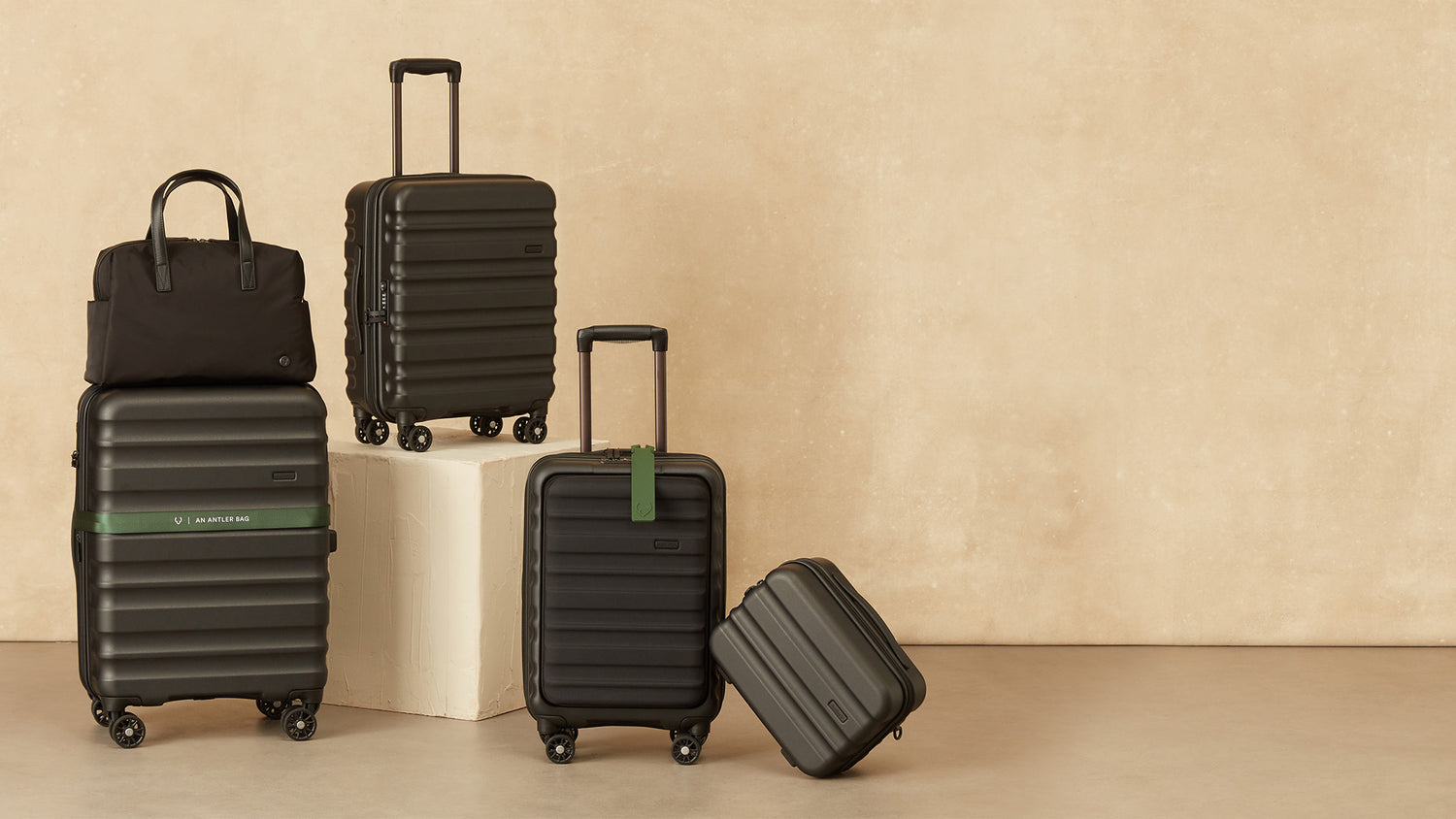
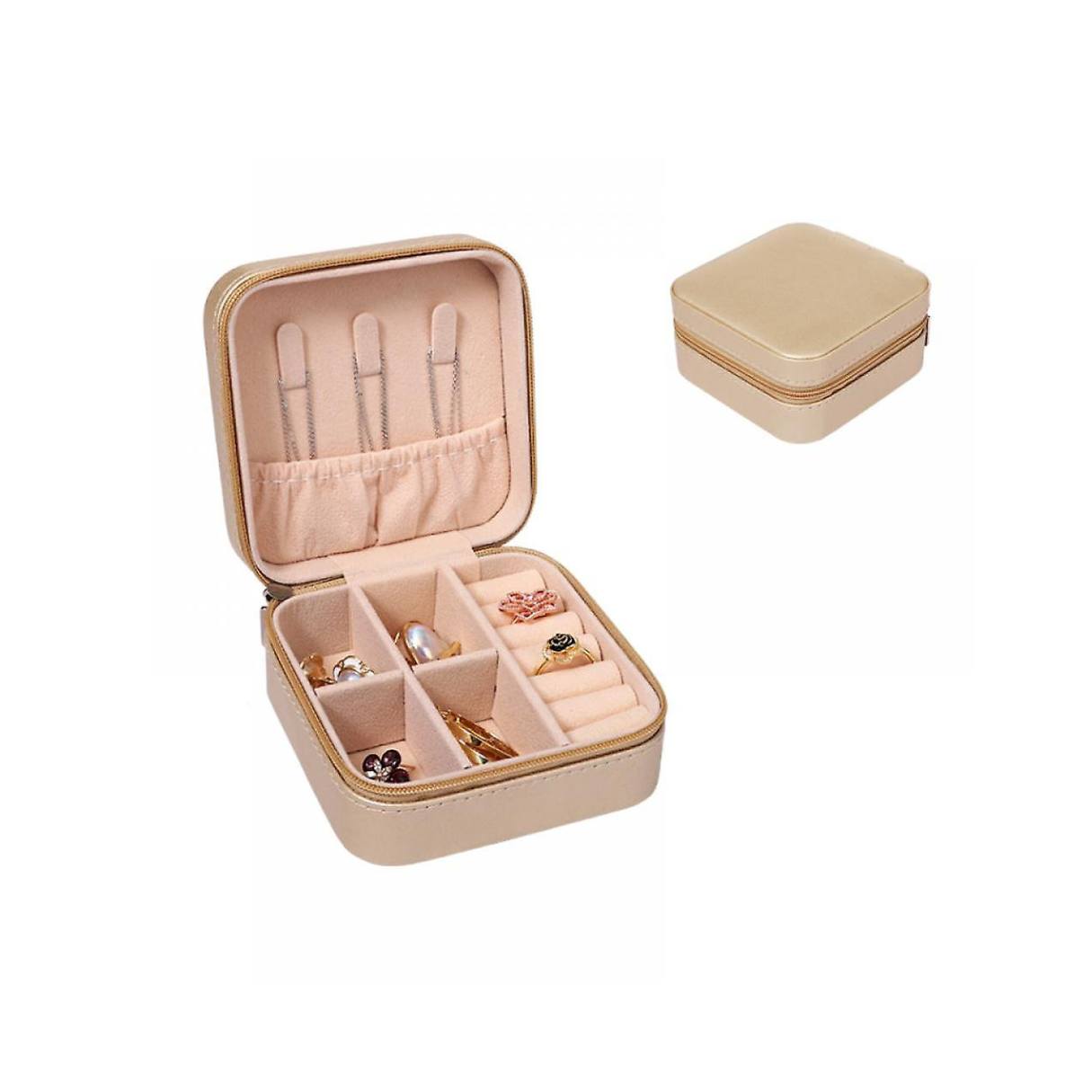
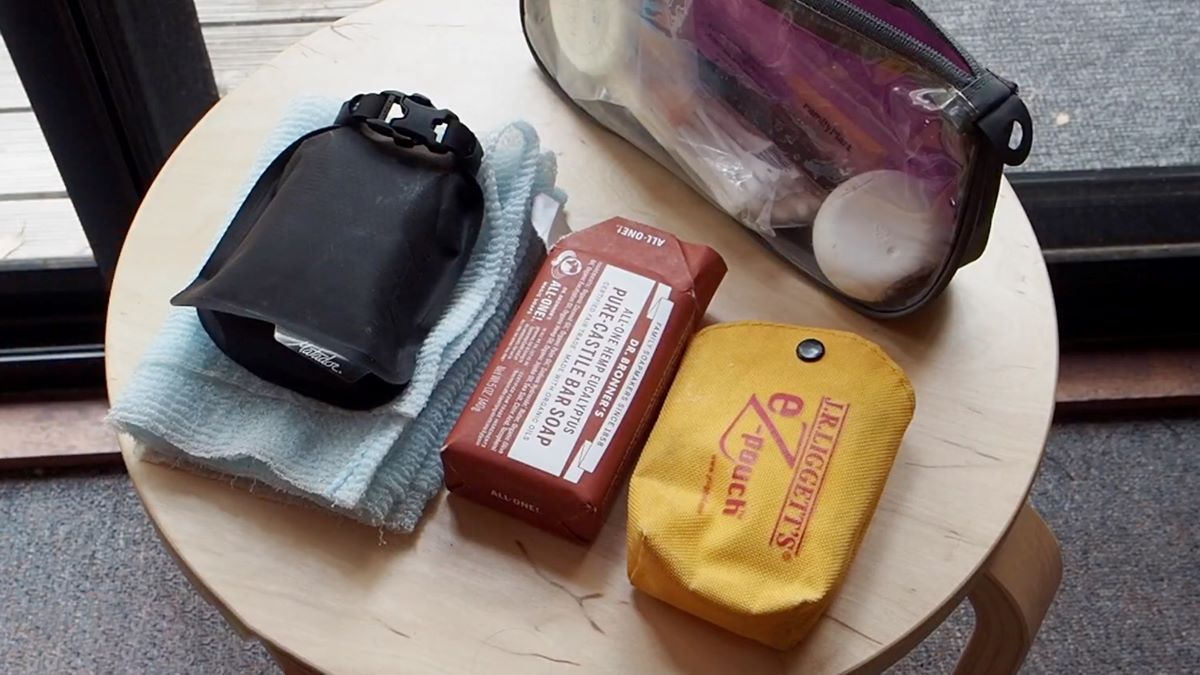



0 thoughts on “How To Store Insulin While Travelling”